Home>Dining>Tableware>Factors To Consider When Choosing Silverware
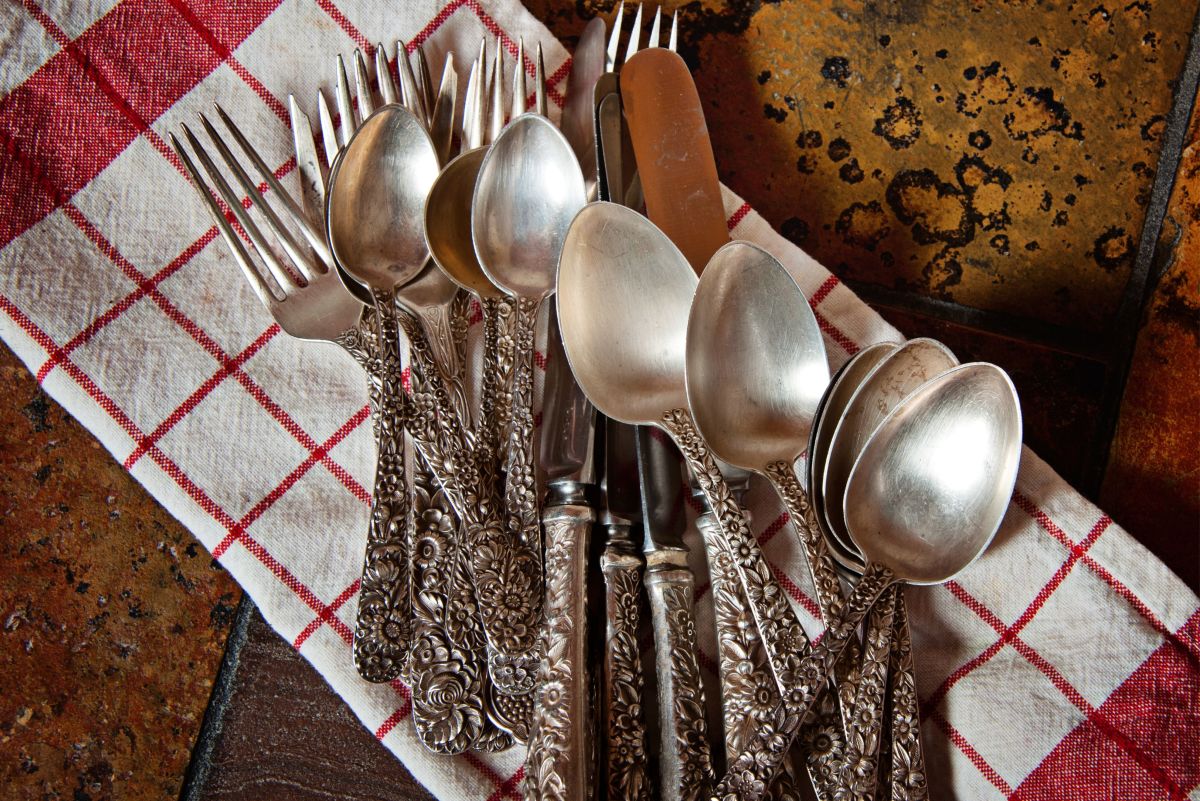

Tableware
Factors To Consider When Choosing Silverware
Modified: January 9, 2024
Looking for the perfect silverware? Discover what to look for in tableware to elevate your dining experience. Choose quality and style for memorable meals.
(Many of the links in this article redirect to a specific reviewed product. Your purchase of these products through affiliate links helps to generate commission for Storables.com, at no extra cost. Learn more)
Introduction
Welcome to the world of tableware, where everyday meals transform into special occasions. In the realm of table settings, silverware plays a vital role in enhancing the dining experience. From fine dining establishments to everyday family gatherings, the right set of silverware can elevate any meal.
When it comes to selecting the perfect silverware for your table, there are several factors to consider. From weight and balance to design and style, each component contributes to the overall quality and aesthetic appeal of the silverware. With so many options available in the market, it can be overwhelming to narrow down the choices.
In this article, we will guide you through the key factors to look for when choosing silverware. Whether you are a seasoned enthusiast or a newcomer to the world of table settings, this comprehensive guide will help you make an informed decision that suits your taste, budget, and lifestyle.
So, let’s dive in and discover what to look for in silverware.
Key Takeaways:
- Elevate your dining experience by choosing silverware with optimal weight and balance, durable materials, and a design that reflects your personal style and complements your table setting.
- Prioritize quality and functionality when selecting silverware, considering factors such as durability, maintenance, and long-term value to enhance your dining experience and create a lasting impression on your guests.
Read more: Factors To Consider When Painting A Fence
Weight and Balance
One of the most important factors to consider when selecting silverware is its weight and balance. The weight of the silverware significantly affects the overall dining experience. Silverware that is too light can feel flimsy and uncomfortable in the hand, while silverware that is too heavy can be cumbersome to handle.
Optimal weight and balance are subjective and depend on personal preference. However, a general rule of thumb is to choose silverware that feels substantial and well-balanced in your hand. It should have a comfortable weight that provides a sense of durability and quality.
When assessing the weight and balance of silverware, consider the thickness and density of the materials used. High-quality silverware often consists of heavier materials, such as stainless steel or sterling silver. These materials not only contribute to the weight but also ensure durability and longevity.
Additionally, the balance of the silverware is equally important. Balance refers to how the weight is distributed throughout the utensil. Well-balanced silverware will have its weight evenly distributed, allowing for effortless handling and better control while eating.
Be sure to hold and feel the silverware in your hand before making a purchase. Take note of how it feels and whether it is comfortable to hold. Remember, you will be using these utensils for years to come, so it is crucial to choose silverware that feels comfortable and balanced.
Material
When it comes to silverware, the material used plays a significant role in its quality, durability, and aesthetic appeal. There are several common materials used in the production of silverware, each with its own unique characteristics. Let’s explore some of the popular options:
- Stainless Steel: Stainless steel is the most common material used in silverware due to its durability and resistance to corrosion. It is a low-maintenance option that is dishwasher safe and holds up well over time. Stainless steel silverware comes in various grades, with higher-grade stainless steel being more resistant to staining and pitting.
- Sterling Silver: Sterling silver is a luxurious and elegant choice for silverware. It consists of 92.5% pure silver and 7.5% alloy, usually copper. Sterling silver cutlery has a higher price point but offers a timeless beauty and exceptional quality. However, it requires regular polishing to maintain its lustrous shine.
- Silver Plated: Silver plated silverware features a thin layer of silver over a base metal. It provides a similar appearance to sterling silver but at a more affordable price. However, over time, the silver coating may wear off and require re-plating for maintenance.
- Gold Plated: For a touch of opulence, gold plated silverware is a popular choice. It features a layer of gold over a base metal, adding a luxurious and sophisticated touch to your table. Gold plated silverware is more delicate and may require extra care to prevent scratching or tarnishing.
- Other Materials: Apart from stainless steel and silver, there are various alternative materials available, such as titanium, bamboo, and even plastic. These materials offer unique aesthetics and can be a great choice for casual dining or outdoor events.
Ultimately, the choice of material depends on your personal preferences, budget, and desired level of maintenance. Consider the durability, aesthetics, and long-term investment when selecting the material for your silverware.
Design and Style
The design and style of your silverware can greatly enhance the overall look and feel of your table setting. It is an opportunity to showcase your personal taste and add a touch of elegance or modernity to your dining experience. When considering the design and style of silverware, here are some factors to keep in mind:
- Traditional vs. Modern: Silverware designs can range from classic and traditional to modern and contemporary. Traditional designs often feature intricate patterns, ornate handles, and a more formal overall aesthetic. On the other hand, modern designs tend to be sleek, minimalist, and often feature clean lines.
- Handle Styles: The style of the handles can greatly affect the overall look and feel of the silverware. Common handle styles include classic rounded shapes, ergonomic designs for comfort, or even unique and artistic handles. Consider the style that fits your personal preference and complements your table setting.
- Patterns and Embellishments: Some silverware sets feature decorative patterns or embellishments on the handles or the utensil itself. These patterns can add a touch of elegance or uniqueness to your table setting. Popular patterns include floral designs, geometric shapes, or even engraved monograms for a personalized touch.
- Matching Existing Tableware: If you already have a specific set of tableware, it is essential to consider how well the silverware will match with your existing pieces. Whether you have fine china or everyday dinnerware, finding silverware that complements the style, color, and overall aesthetic will create a cohesive look.
- Multipurpose Design: If versatility is important to you, consider opting for silverware with a design that can smoothly transition from casual to formal occasions. Multipurpose designs typically feature clean lines and a timeless look that can complement a wide range of table settings.
Ultimately, the design and style of your silverware should reflect your personal taste and complement the overall ambiance you want to create at your dining table. Whether you prefer a classic and elegant look or a modern and minimalist aesthetic, there are countless options available to suit your style.
When looking for silverware, consider the material, weight, and design. Look for 18/10 stainless steel for durability, a comfortable weight, and a timeless design that suits your personal style.
Durability
When investing in silverware, it is important to consider its durability. The durability of your silverware will determine how well it withstands regular use and retains its quality and appearance over time. Here are some factors to consider when evaluating the durability of silverware:
- Material: The material used in the construction of silverware greatly influences its durability. Stainless steel is known for its resistance to corrosion, tarnish, and stains, making it a durable choice. Sterling silver, while luxurious, requires regular polishing to maintain its luster and prevent tarnishing. Consider how well the material will hold up to frequent use and cleaning.
- Construction: The construction of the silverware affects its strength and durability. Look for silverware with sturdy handles that are firmly connected to the utensil. Pay attention to the seams and joints, ensuring they are smooth and well-crafted. Avoid silverware with weak or flimsy construction, as it may not hold up well over time.
- Resistance to Wear and Tear: Consider how well the silverware can withstand daily wear and tear. It should be resistant to scratching, chipping, and bending. Opt for silverware with a high level of hardness and resilience, as this will ensure it maintains its shape and integrity, even with frequent use.
- Weight: The weight of the silverware can also indicate its durability. Heavier silverware tends to be more durable as it is often made from thicker and more robust materials. However, keep in mind that excessively heavy silverware may be uncomfortable to handle.
- Warranty: Check if the silverware comes with a warranty. A warranty provides assurance that the manufacturer stands behind the durability and quality of their product. It can give you peace of mind knowing that if any issues arise, you have recourse to have them addressed without additional cost.
By considering these factors, you can select silverware that will withstand the test of time and continue to serve you well for years to come. Remember, investing in durable silverware ensures that you won’t have to constantly replace your utensils, making it a wise long-term investment.
Maintenance and Care
Proper maintenance and care are essential for keeping your silverware in pristine condition and extending its lifespan. Different materials and finishes may require specific care instructions to prevent tarnishing, scratching, or other damage. Here are some general maintenance and care tips to keep in mind:
- Handwashing: While many silverware sets are dishwasher safe, handwashing is often recommended to avoid potential damage. Use a mild detergent, warm water, and a soft cloth or sponge to clean your silverware. Avoid using abrasive cleaners or scouring pads that can scratch the surface.
- Drying and Storage: After washing, thoroughly dry your silverware to prevent water spots or tarnishing. Store your silverware in a dry, clean place, preferably in a silverware chest or a lined drawer to protect it from moisture and potential scratching.
- Polishing: Sterling silver and silver-plated silverware may require regular polishing to maintain their shine. Use a silver polishing cloth or a specialized silver cleaning solution according to the manufacturer’s instructions. Take care not to over-polish, as it can remove the silver coating or damage the surface.
- Avoid Harsh Chemicals: Avoid exposing your silverware to harsh chemicals, such as bleach or ammonia. These substances can cause discoloration or damage to the silver or silver-plated surface.
- Separate Storage: To prevent scratching and damage, store silverware separately, either in individual compartments or by using protective sleeves or dividers. This will minimize contact between the utensils and reduce the risk of scratches or tarnishing.
- Regular Inspection: Periodically inspect your silverware for any signs of damage or corrosion. Address any issues promptly to prevent further damage or deterioration.
Following these maintenance and care guidelines will help preserve the quality and appearance of your silverware. It is worth noting that different materials may have specific care requirements, so always consult the manufacturer’s recommendations for the best practices based on the specific type of silverware you own.
Price and Value
Price is an important consideration when selecting silverware, as it can vary greatly depending on the material, brand, craftsmanship, and design. While it can be tempting to opt for the most affordable option, it is essential to consider the overall value of the silverware. Here are some factors to consider when weighing the price and value:
- Quality: Higher-quality silverware tends to come with a higher price tag, but it also offers better durability and longevity. Investing in well-crafted silverware made from high-quality materials ensures that you are getting value for your money in terms of long-term use.
- Brand Reputation: Brands known for their expertise in tableware and silverware often command higher prices. Consider reputable brands that have a track record of delivering quality products and excellent customer service.
- Craftsmanship and Design: Intricate designs, unique patterns, and meticulous craftsmanship can significantly impact the price of silverware. If aesthetics and design are a priority for you, be prepared to pay a premium for intricate details and superior artistry.
- Material and Finish: The choice of material and finish can influence the price of silverware. Sterling silver, for example, is more expensive than stainless steel due to its higher silver content. Additionally, certain finishes or platings, such as gold or platinum, may also increase the price.
- Lifestyle and Frequency of Use: Consider your lifestyle and how frequently you will use the silverware. If you regularly entertain guests or host formal dinners, investing in higher-quality and visually appealing silverware may be worth the price. However, if you primarily use silverware for casual meals, you may opt for more budget-friendly options.
- Longevity: Consider the long-term value that the silverware provides. A higher initial investment in durable and high-quality silverware can save you money in the long run, as it will require less frequent replacement.
When evaluating the price and value of silverware, it is important to strike a balance between your budget and the quality and features that are most important to you. Consider your priorities and assess the overall value that the silverware offers in terms of durability, aesthetics, and longevity.
Remember, while price is a factor, it should not be the sole determinant of your decision. It is worth investing in silverware that you will enjoy using and that will enhance your dining experience for years to come.
Conclusion
Choosing the right silverware for your table is an important decision that can greatly enhance your dining experience. By considering factors such as weight and balance, material, design and style, durability, maintenance and care, as well as price and value, you can make an informed choice that aligns with your preferences, budget, and lifestyle.
When selecting silverware, prioritize quality and functionality. Ensure that the weight and balance of the silverware feel comfortable and well-suited to your grip. Consider the material options available, such as stainless steel, sterling silver, or alternative materials, and choose one that meets your desired level of maintenance and care.
Design and style play a crucial role in creating the desired ambiance at your dining table. Whether you prefer classic, traditional designs or contemporary, minimalist options, choose silverware that complements your existing tableware and reflects your personal style.
Additionally, durability is key to ensuring that your silverware withstands regular use and maintains its quality over time. Opt for silverware made from durable materials and constructed with attention to detail. By properly maintaining and caring for your silverware, you can extend its lifespan and retain its aesthetic appeal.
Ultimately, price and value should be carefully considered, weighing the quality, craftsmanship, and long-term use against your budget. Investing in high-quality silverware that offers durability and timeless design can provide long-term value and enjoyment.
In conclusion, selecting the perfect silverware involves a thoughtful evaluation of various factors. By finding the right balance between functionality, aesthetics, durability, and your personal preferences, you can create an exquisite dining experience that elevates any meal and leaves a lasting impression on your guests.
So, go ahead and explore the world of silverware, and choose the perfect set that reflects your style and enhances your table settings for years to come.
Frequently Asked Questions about Factors To Consider When Choosing Silverware
Was this page helpful?
At Storables.com, we guarantee accurate and reliable information. Our content, validated by Expert Board Contributors, is crafted following stringent Editorial Policies. We're committed to providing you with well-researched, expert-backed insights for all your informational needs.
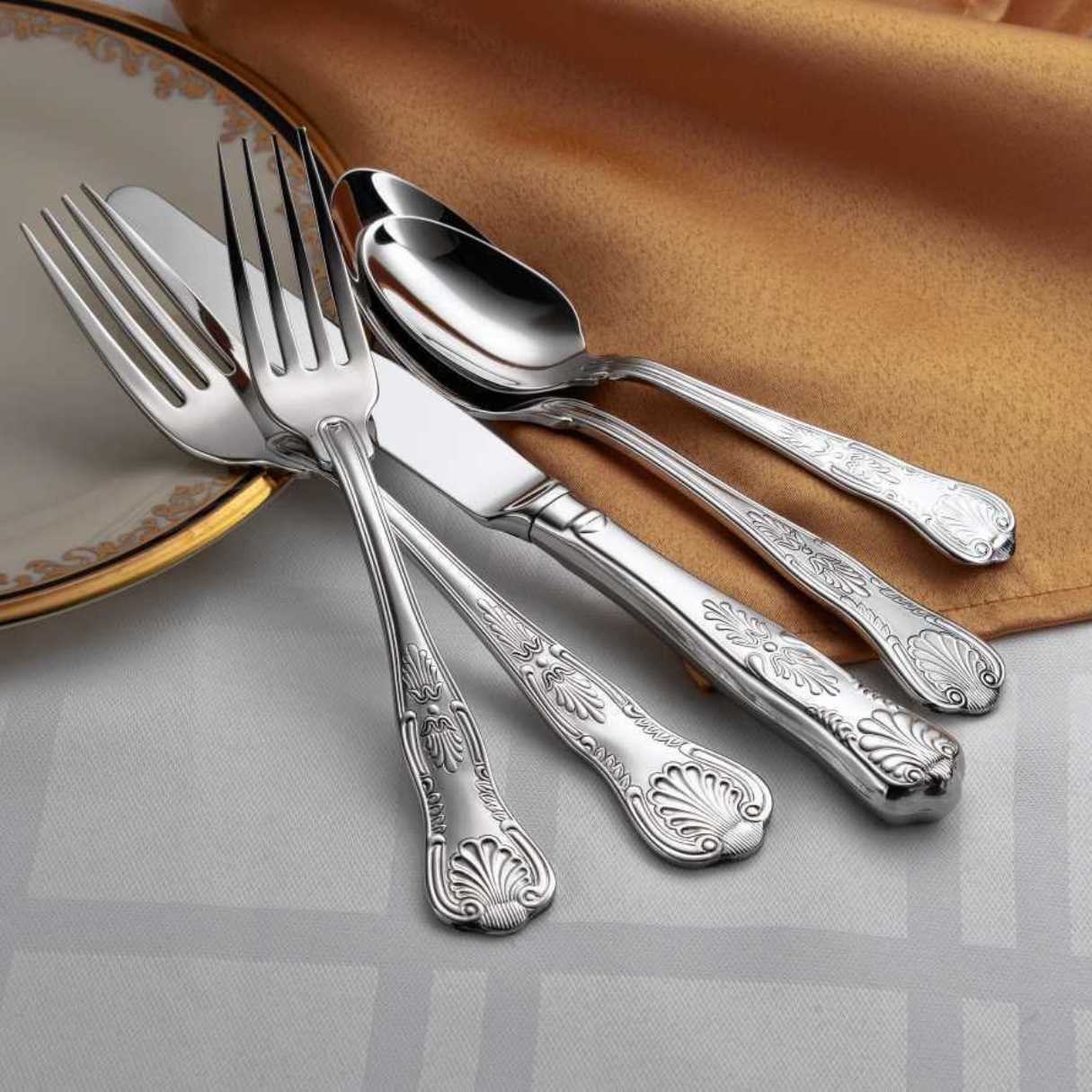
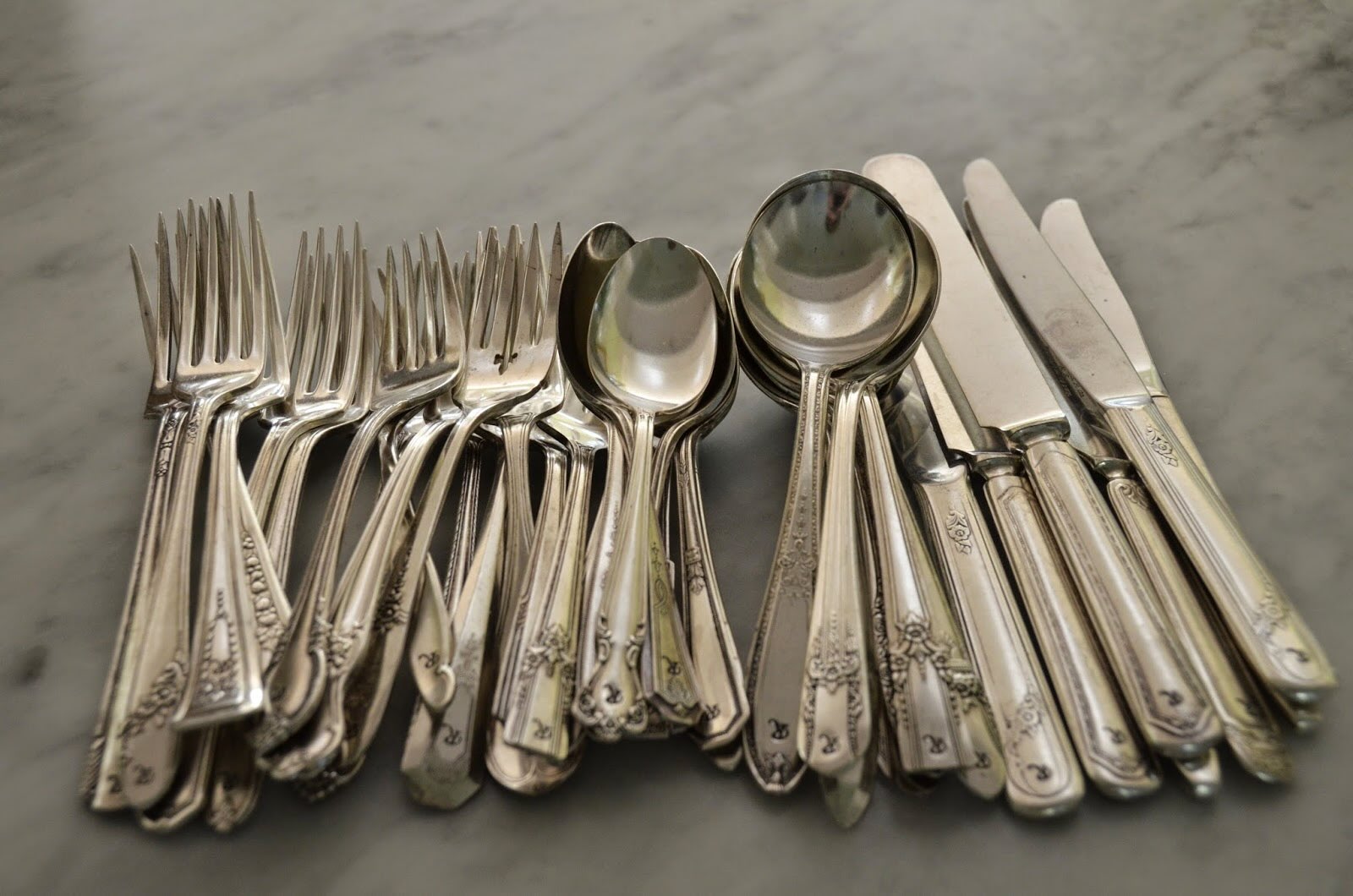

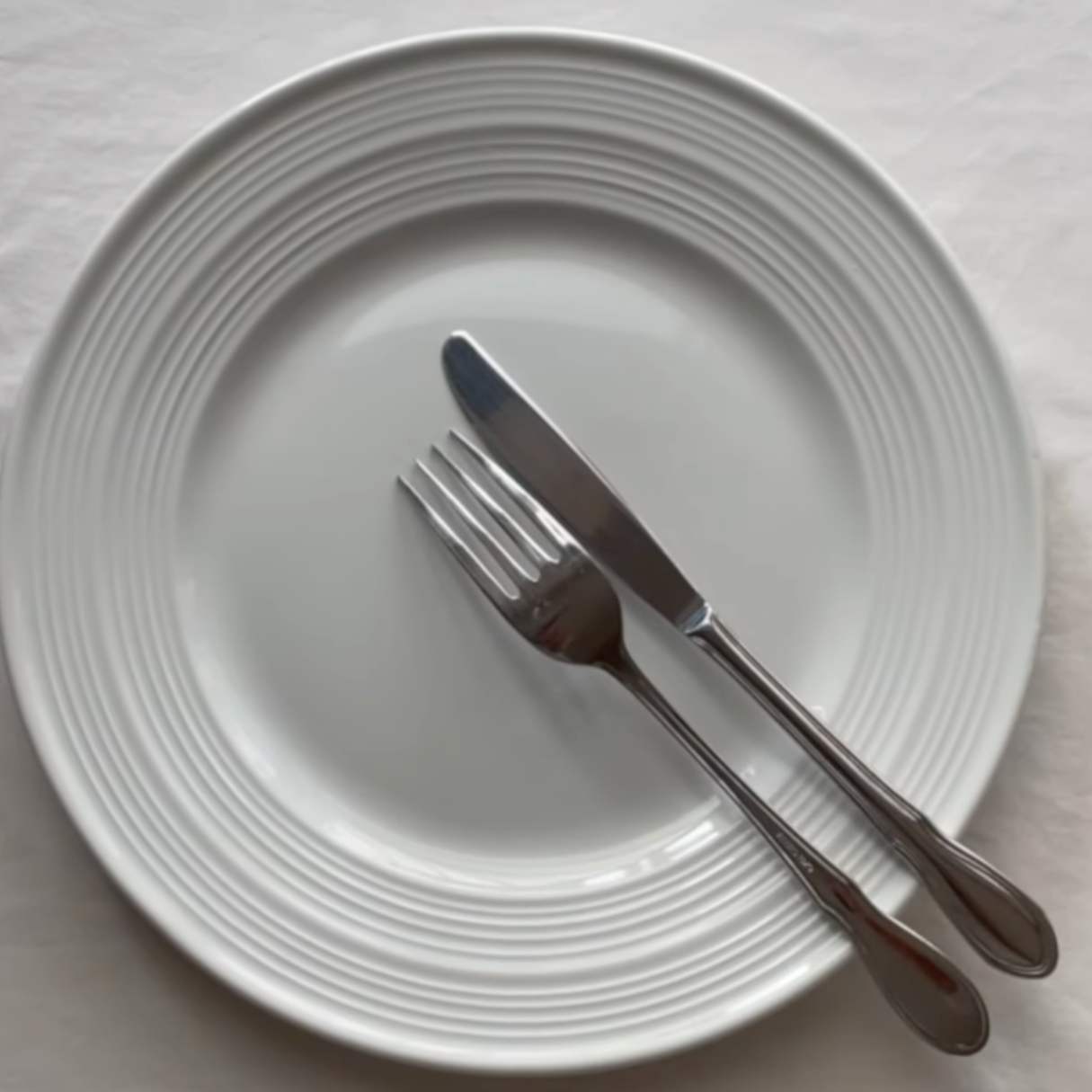
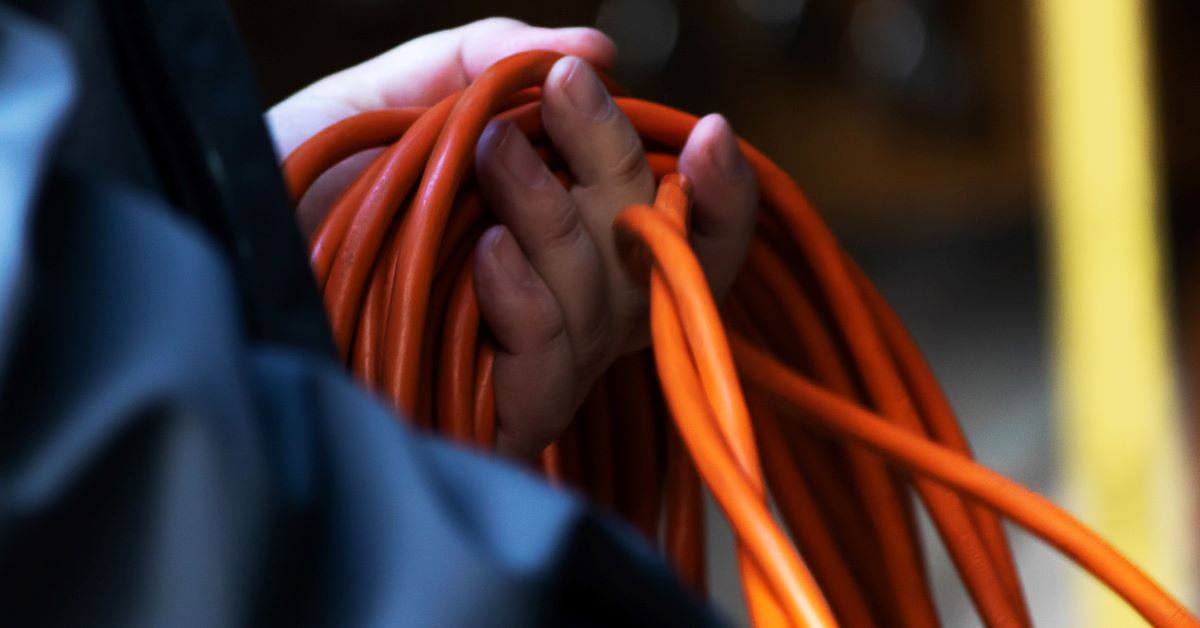




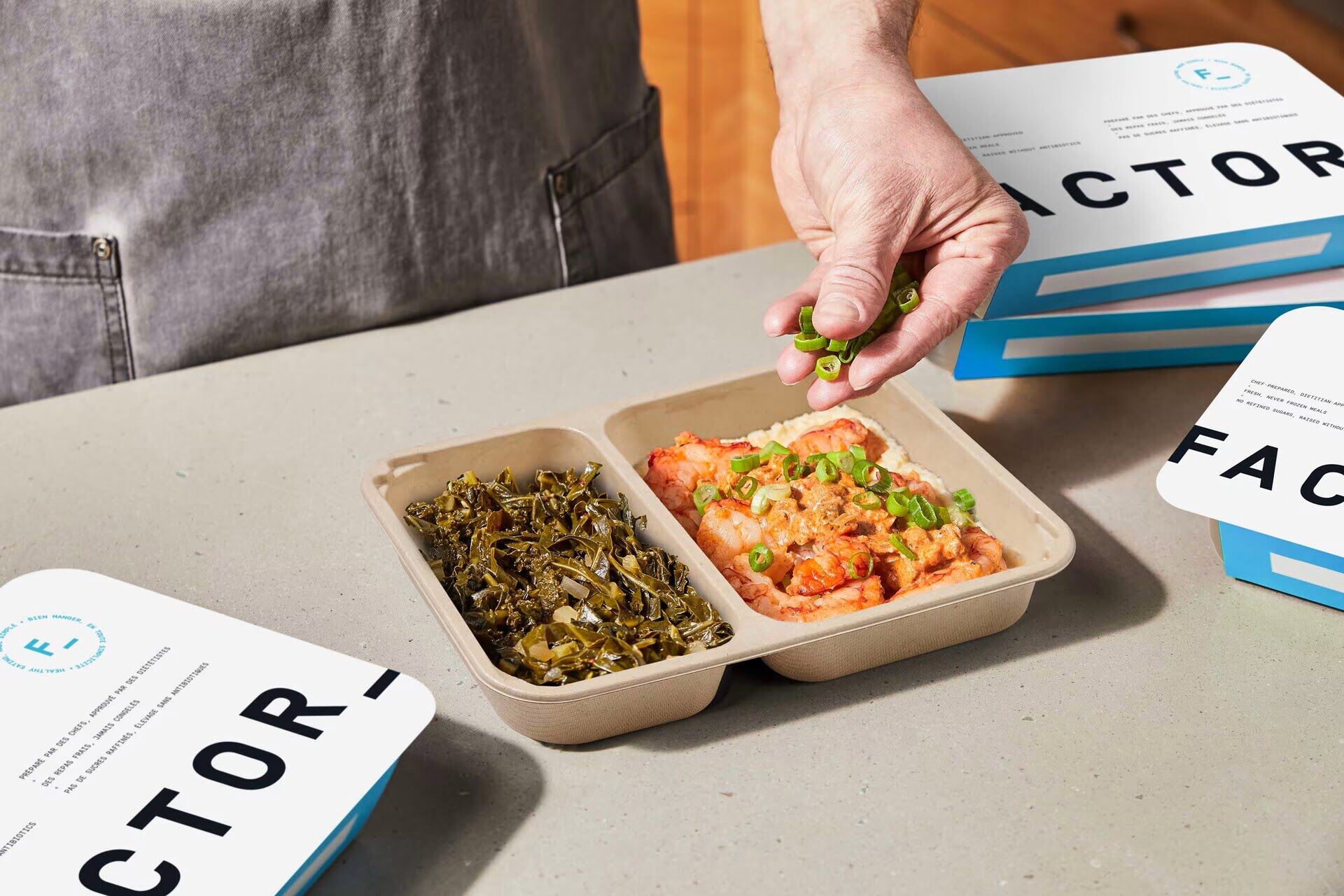

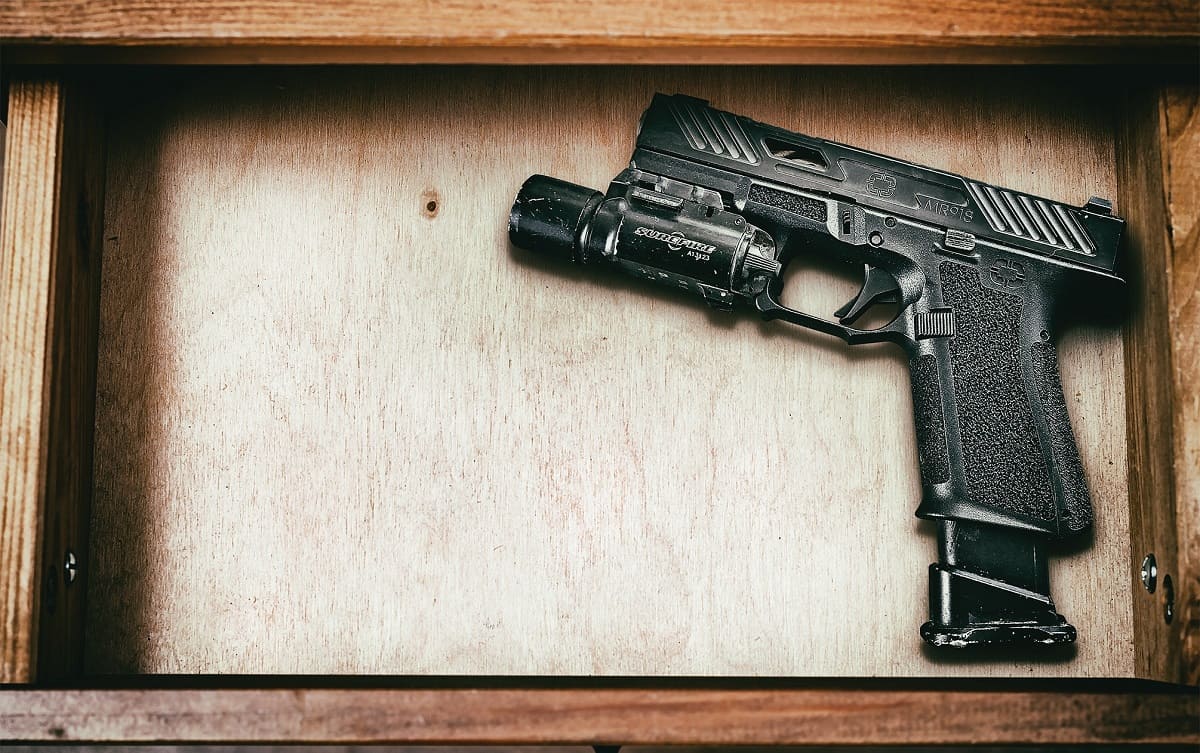



0 thoughts on “Factors To Consider When Choosing Silverware”